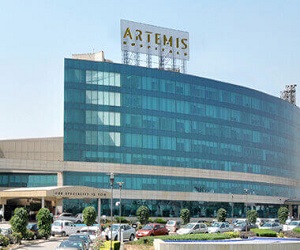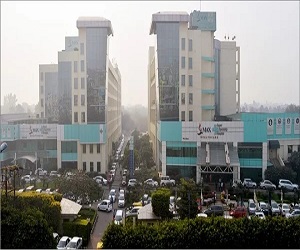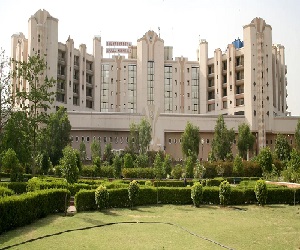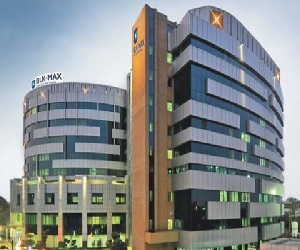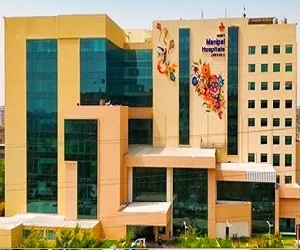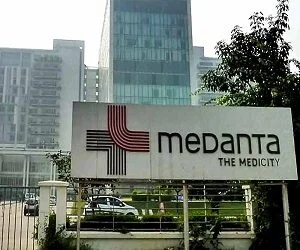In this article, we’ll delve into the intricacies of priapism, a medical phenomenon marked by prolonged and often agonizing erections devoid of sexual arousal, lasting beyond the typical bounds. Priapism stands as a rare yet pressing concern necessitating prompt medical intervention. Throughout our exploration, we’ll elucidate the nature of priapism, delineate its various manifestations, highlight discernible symptoms, elucidate when medical consultation is imperative, and illuminate the array of treatment avenues accessible in India.
Symptoms of Priapism:
Persistent and distressing, the hallmark indication of priapism is an enduring erection enduring beyond the conventional timeframe of four hours, unprovoked by sexual stimuli. Complementing this primary symptom, individuals may also experience additional manifestations, encompassing:
Ischemic (Low-flow) Priapism:
- Prolonged, painful erection (typically lasting more than four hours)
- The erection may be rigid and not subside with sexual stimulation or ejaculation.
- Tenderness or discomfort in the penis.
- Swelling and enlargement of the penis.
- Discoloration of the penis (often described as dusky or purplish).
Non-ischemic (High-flow) Priapism:
- Prolonged, painless erection (lasting several hours or even days).
- The erection may not be as rigid as in ischemic priapism.
- It often occurs after an injury to the perineum or genital area, causing a disruption of blood flow regulation.
Emphasizing the critical nature of priapism, particularly ischemic priapism, it must be regarded as a medical emergency. Untreated, it poses a substantial risk of inflicting irreversible harm upon penile tissue, potentially resulting in erectile dysfunction. While non-ischemic priapism may spontaneously resolve in certain instances, prompt evaluation by a healthcare provider remains imperative to ensure appropriate management and mitigate potential complications.
Causes of Priapism:
Priapism manifests in two primary classifications: ischemic, also referred to as low-flow priapism, and non-ischemic, known as high-flow priapism. The etiology of each type varies, contingent upon its classification:
Ischemic (low-flow) Priapism:
– Sickle cell disease: This genetic blood disorder is a common cause of priapism, as the abnormal red blood cells can block blood flow in the penis.
– Leukemia: Cancerous cells can disrupt normal blood flow, leading to priapism.
– Medications: Certain medications used to treat erectile dysfunction, psychiatric disorders, or hypertension may cause priapism as a side effect.
– Trauma: Injury to the genitals or perineum can result in blood clots or vascular damage, leading to priapism.
Non-ischemic (high-flow) Priapism:
–Instances of penile or pelvic trauma, encompassing injuries that inflict harm upon the arteries or veins, represent a significant precursor to high-flow priapism. Traumatic events such as pelvic bone fractures or the rupture of blood vessels within the penile region can precipitate this form of priapism.
–Arteriovenous malformation (AVM), characterized by aberrant connections between arteries and veins within the penile vasculature, serves as a catalyst for heightened blood flow, thereby fostering the onset of priapism.
Treatment of Priapism in India:
In India, the management of priapism encompasses a spectrum of approaches tailored to the specific etiology and duration of the condition. Various treatment modalities are employed, each contingent upon factors such as the underlying cause and the duration of priapism. Here are several prevalent therapeutic strategies:
Medical Management:
Intracavernous injections: Medications like phenylephrine or pseudoephedrine may be injected directly into the penis to constrict blood vessels and reduce blood flow.
Oral medications: Certain alpha-agonists like terbutaline or pseudoephedrine can be taken orally to help relieve priapism.
Analgesics: Pain relief medications may be prescribed to alleviate discomfort.
Aspiration and Irrigation:
In this method, a needle and syringe are utilized to extract surplus blood from the penis (aspiration), followed by irrigating the penile blood vessels with a saline solution. Typically conducted under local anesthesia, this procedure aims to address specific conditions or concerns related to penile health.
Surgery:
If conservative approaches prove ineffective or if recurrent priapism persists, surgical intervention may become imperative. This step is often undertaken to alleviate the condition’s symptoms and prevent further complications.
Shunt surgeries: These procedures involve establishing a connection between the corpora cavernosa (the erectile tissue) and the corpora spongiosum (the spongy tissue), enabling blood to drain and thus alleviating priapism.
Cavernosal-spongiosal shunt: This surgery establishes a link between the corpus cavernosum and the urethra, facilitating blood drainage and alleviating priapism.
Hyperbaric Oxygen Therapy:
In specific instances, hyperbaric oxygen therapy (HBOT) might be utilized. This therapy entails inhaling pure oxygen within a pressurized chamber, enhancing oxygen saturation in the bloodstream and fostering tissue repair.
Seeking immediate medical attention for priapism is crucial to prevent potential complications such as erectile dysfunction or tissue harm. Consulting with a urologist or a sexual medicine specialist is essential for an accurate diagnosis and the identification of the most suitable treatment strategy.
Priapism Treatment cost in India are as follow
| Treatment | Cost in USD | Stay in Hospital |
| Priapism Treatment | 1200-1500 | 1-2 Days |
| Penile Implant surgery | 2000-5400 | 0-1 Days |
| Peyronie’s Treatment | 1600-2100 | 0-1 Days |
| Diabetes cause Impotence | 1700-2100 | 0-1 Days |
| Phalloplasty Surgery | 1100-1800 | 4-5 Days |
| Penectomy Surgery | 2500-3000 | 5-7 Days |
| Erectile Dysfunction | 1200-1500 | 0-1 Days |

